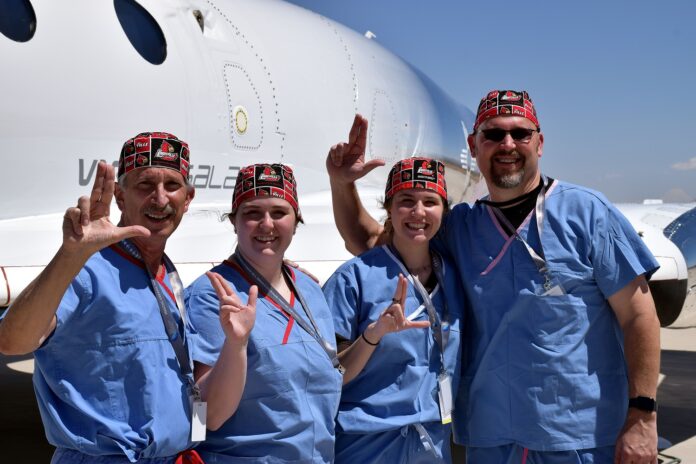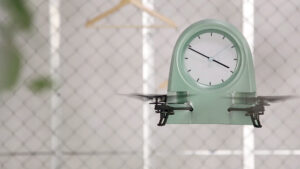
The University of Louisville’s groundbreaking innovation and culture-shaping creativity will be on full-display from April 8-10 at the National Museum of American History in Washington, DC.
That work will be part of the 2022 ACCelerate Creativity + Innovation Festival, a free and open-to-the-public national celebration of arts, science and innovation across Atlantic Coast Conference universities and the Smithsonian Institution. The two exhibits from UofL are:
- Astrosurgery (AKA Surgery in Space), focusing on NASA-sponsored UofL research, dubbed the w“Aqueous Immersion Surgical System” (AISS). This system provides wound containment for astronauts needing surgical treatment on extended space missions, and last year, was tested in weightlessness as a payload aboard a suborbital space flight by Virgin Galactic. The UofL research team includes professor George Pantalos (School of Medicine) and assistant professor Tommy Roussel (J.B. Speed School of Engineering), along with students Dalton Aubrey, Kessalyn Kelly and Sienna Shacklette.
- Floating Room, an art and tech installation that engages with issues on

The ‘Floating Room’ is an art and tech installation that engages with issues on drones, domestication and the non-human, produced by assistant professor Samuel Swope of the UofL Hite Art Institute.
drones, domestication and the non-human. The ‘Floating Room’ is composed of household products ‘floating’ because they are semi-autonomous drones. These floating objects maintain their conventional function while also aerodynamically traversing their airspace; for example, a lamp can both fly and emit light and a clock can both fly and tell time. The UofL team includes artist and assistant professor Samuel Swope (Hite Art Institute), along with students Mahika Gupta, Kelsey Shaw-Kaufman and Shachaf Polakow.
“There’s a lot happening at UofL with the potential for huge public impact across a range of disciplines, and this is a great opportunity to showcase that work,” said Paul DeMarco, interim director of UofL’s Office of Undergraduate Research and Creative Activity in the Center for Engaged Learning, and a professor of psychological and brain sciences. DeMarco, who plans to attend, organized UofL’s involvement and oversaw the proposal process for the student-faculty teams involved.
Kevin Gardner, UofL’s executive vice president of research and innovation, said the UofL work being exhibited at this year’s ACCelerate Festival is proof-positive of the university’s commitment to exploration and shattering established paradigms.
“UofL faculty, staff and students are incredible engines of innovation and creativity,” he said. “These projects are great examples of that strength, and we’re excited to join our ACC colleagues and share that work with the world.”





























